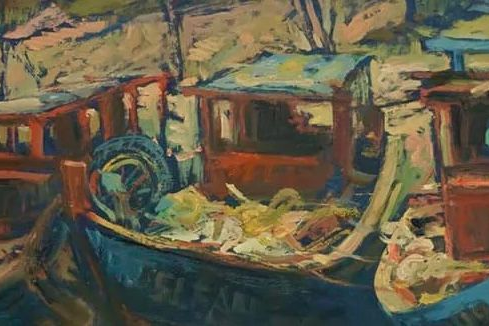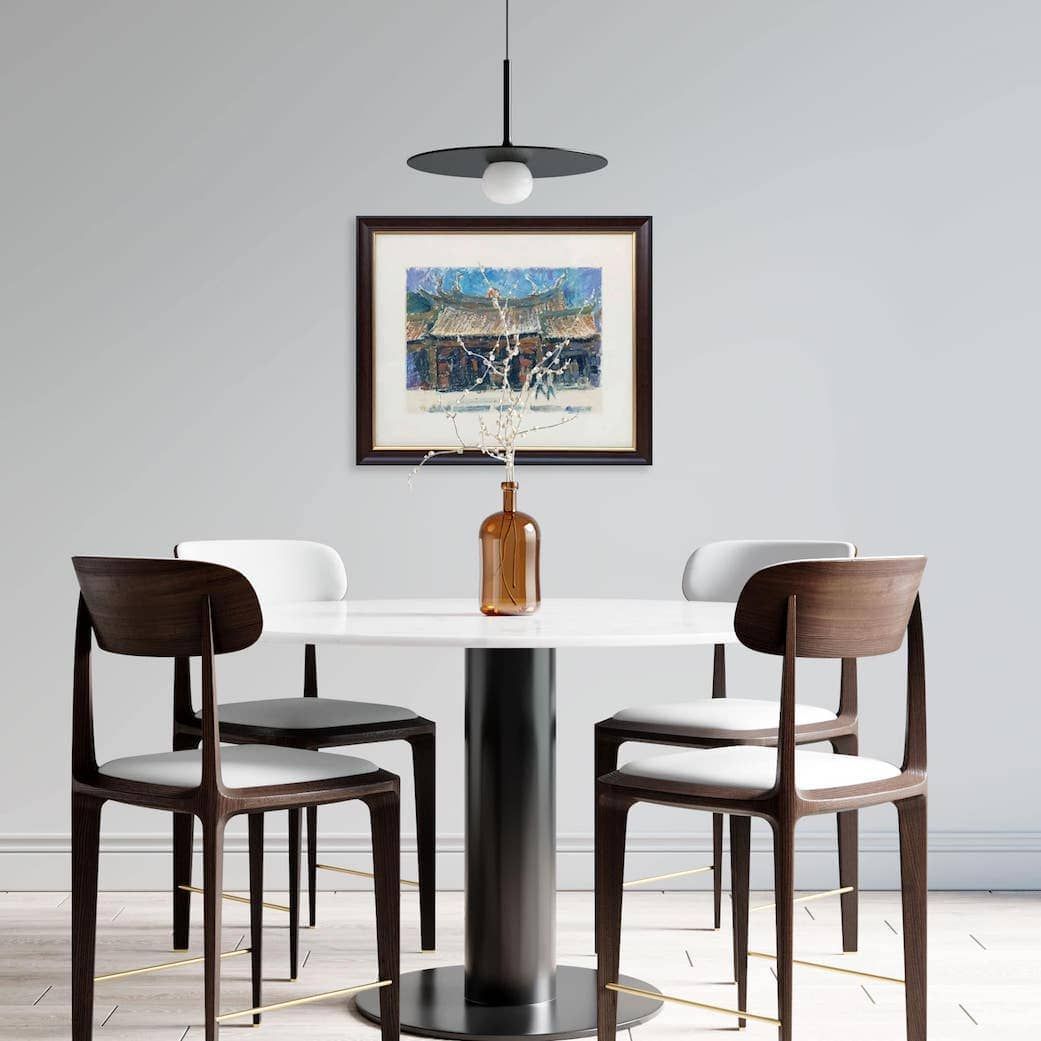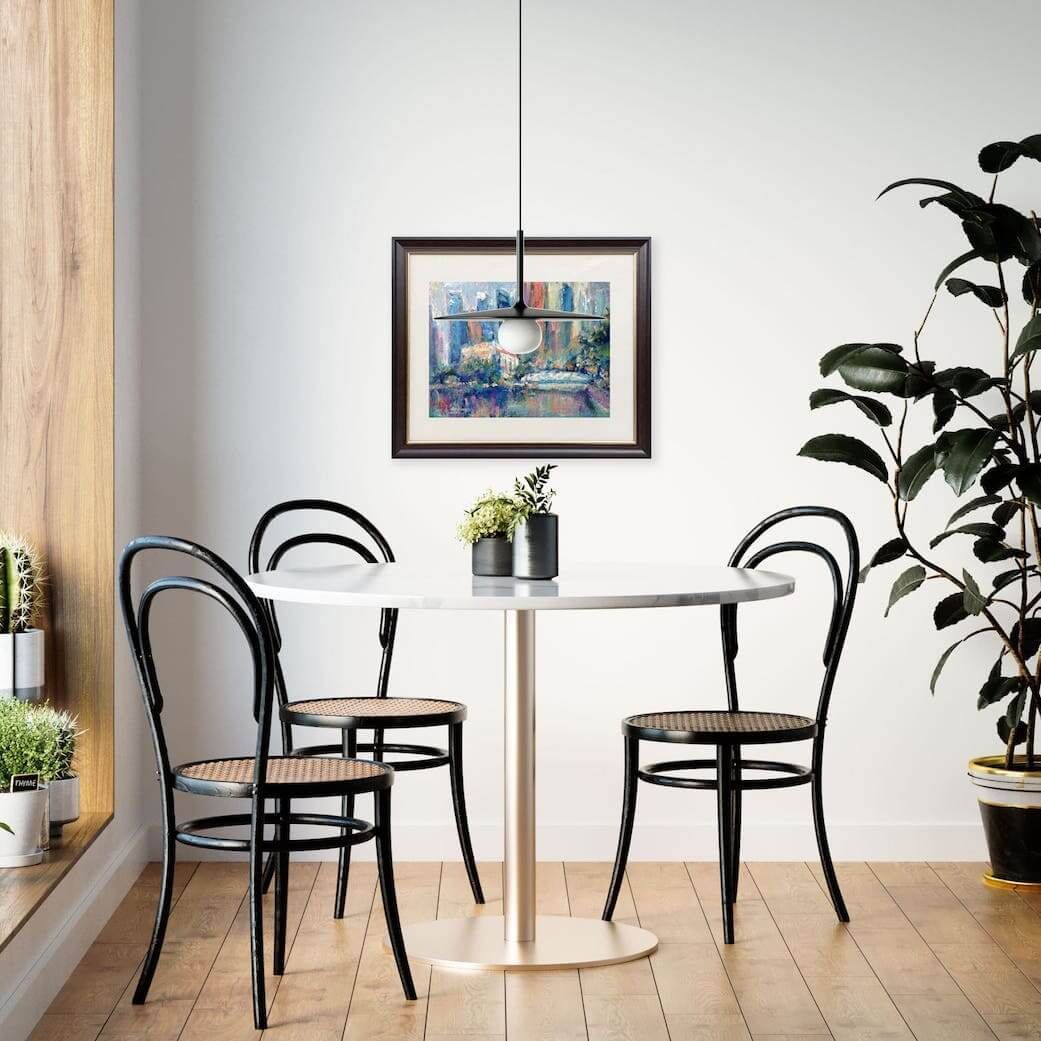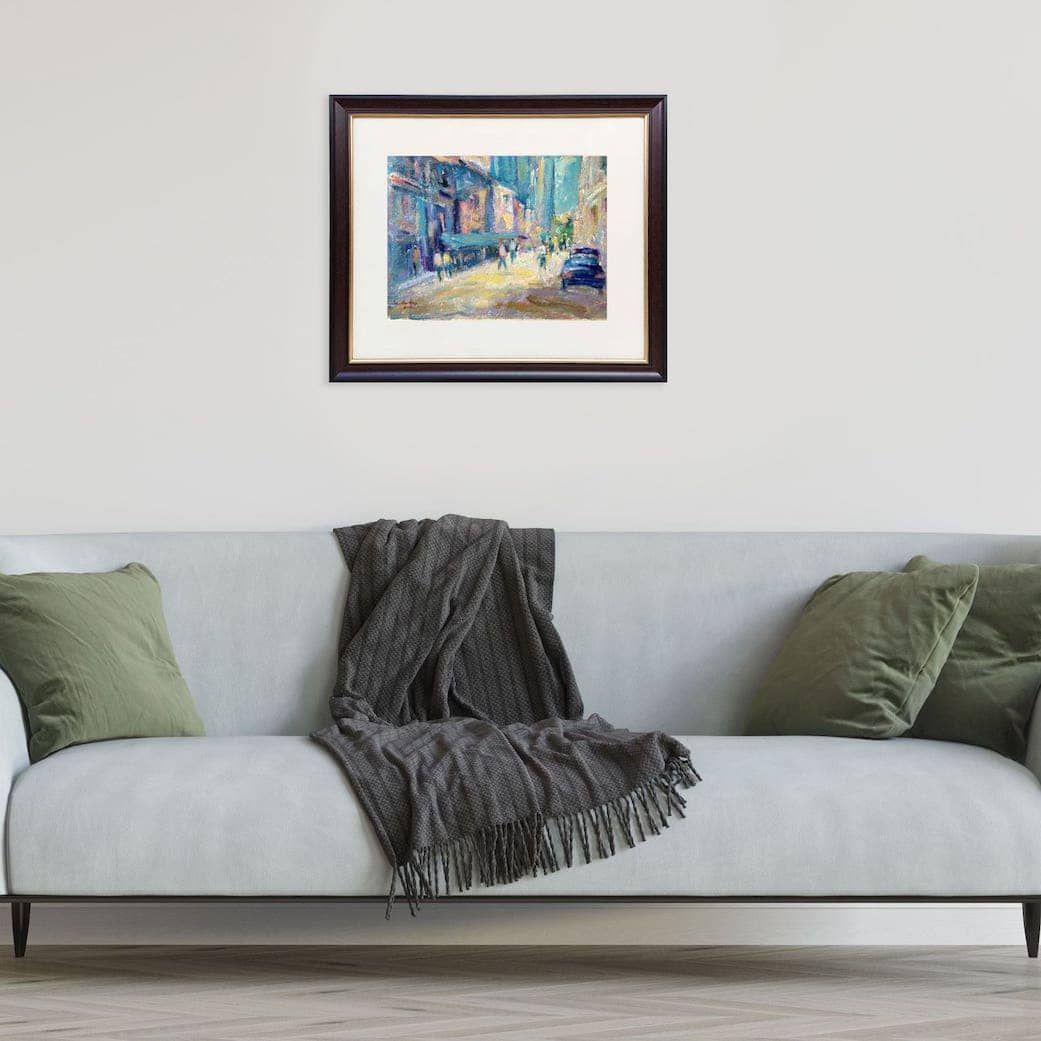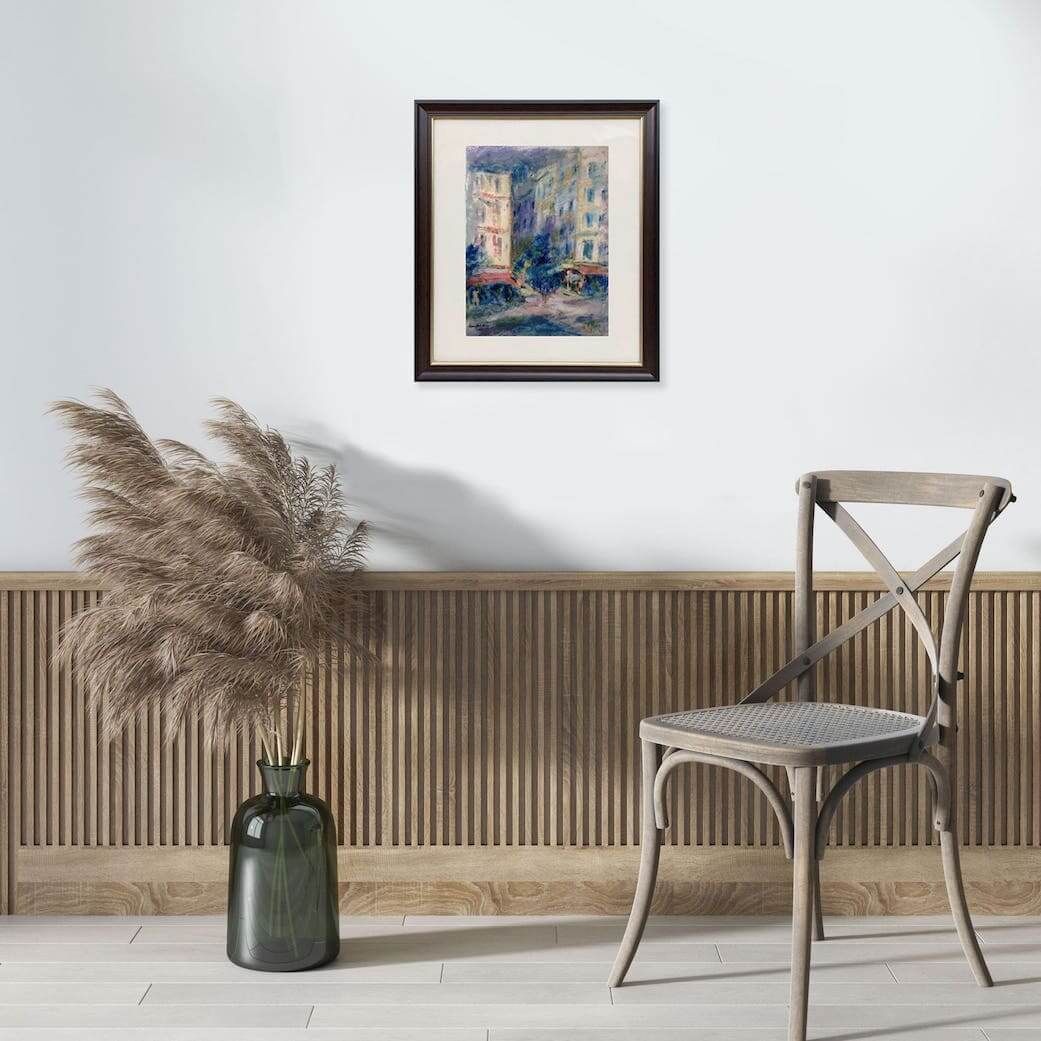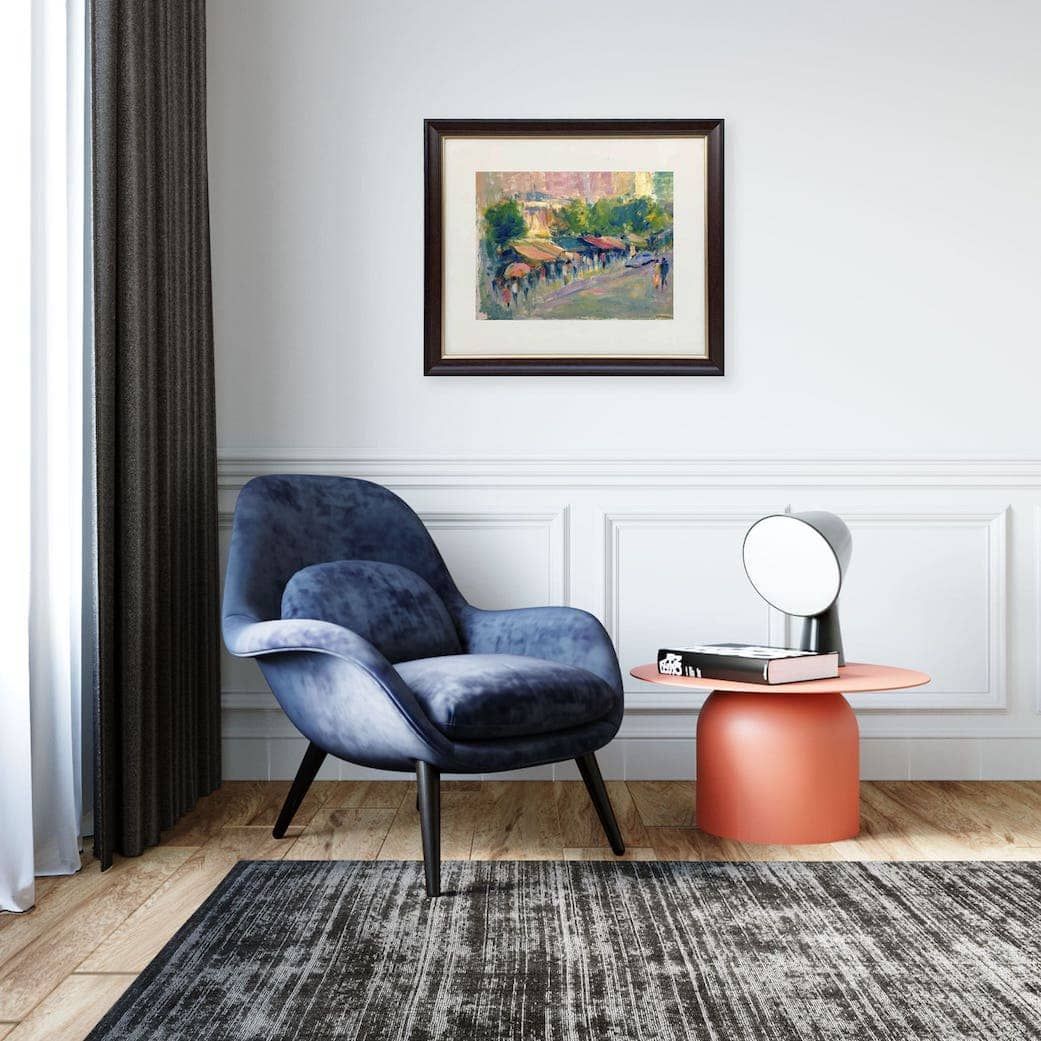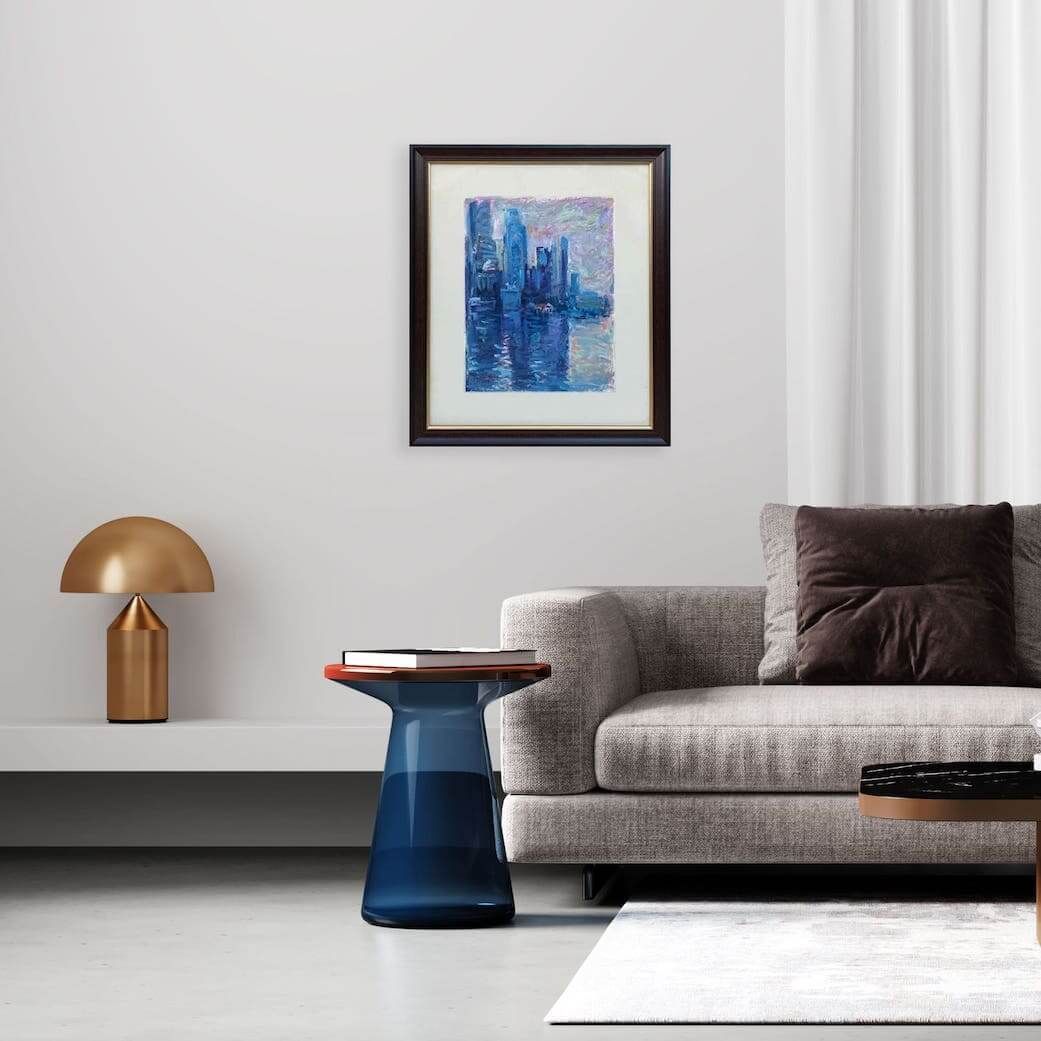I Bought a Painting. How Should I Display and Take Care of It?
I Bought a Painting. How Should I Display and Take Care of It?
So, you have taken the plunge and brought a beautiful new painting into your life. Congratulations! Buying a painting is an exciting milestone.
Whether it is a bold oil painting, a delicate watercolour, or a vibrant Chinese ink artwork, a painting can add character and warmth to your home.
However, displaying and caring for your artwork requires some thought.
In this article, we will guide you through the best practices for displaying and maintaining your painting, covering everything from finding the perfect spot to understanding the unique needs of different art mediums, and the special considerations if you live in a tropical climate like Singapore, ensuring it remains a cherished part of your collection for years to come.
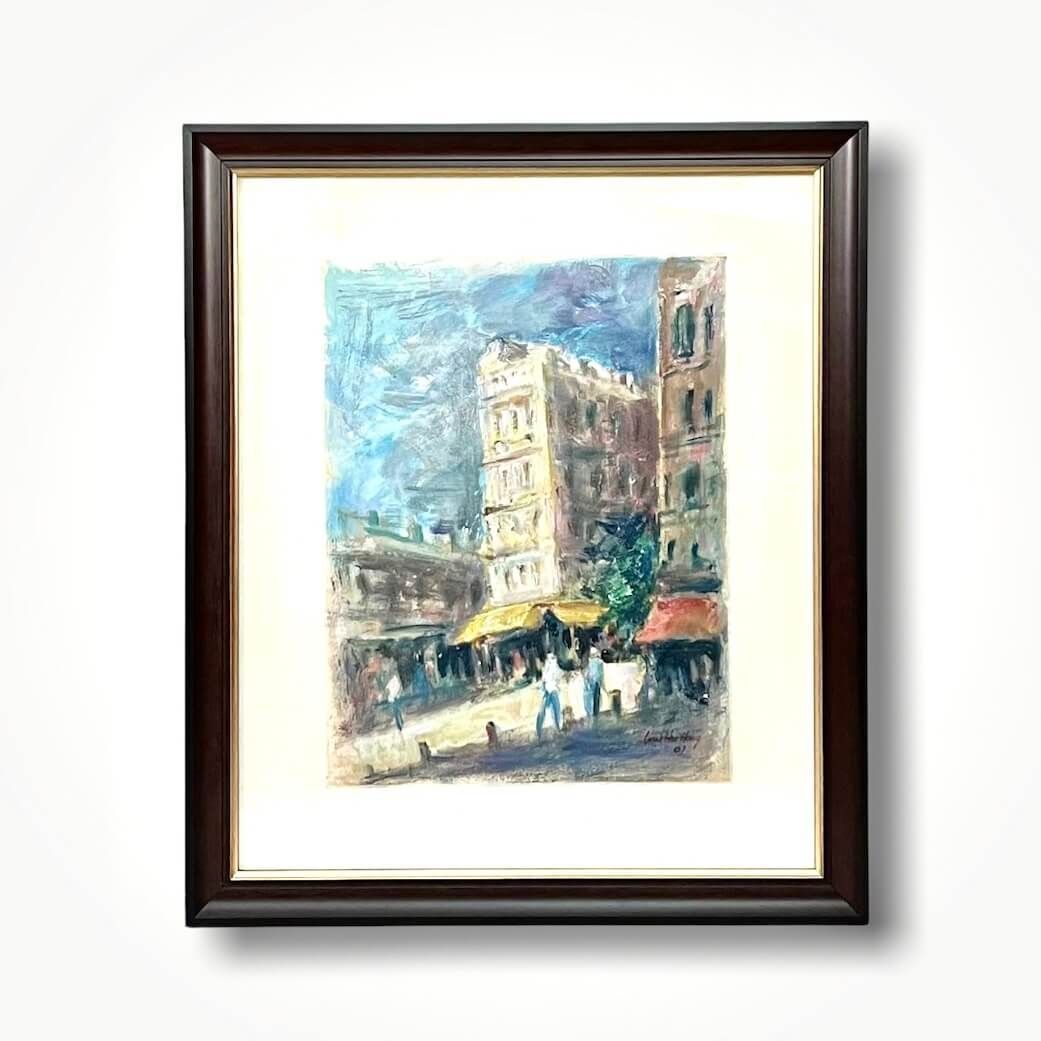
How Should I Display My Painting?
Display Tips Based on Painting Mediums
How Should I Take Care of My Painting?
Care Tips Based on Painting Mediums
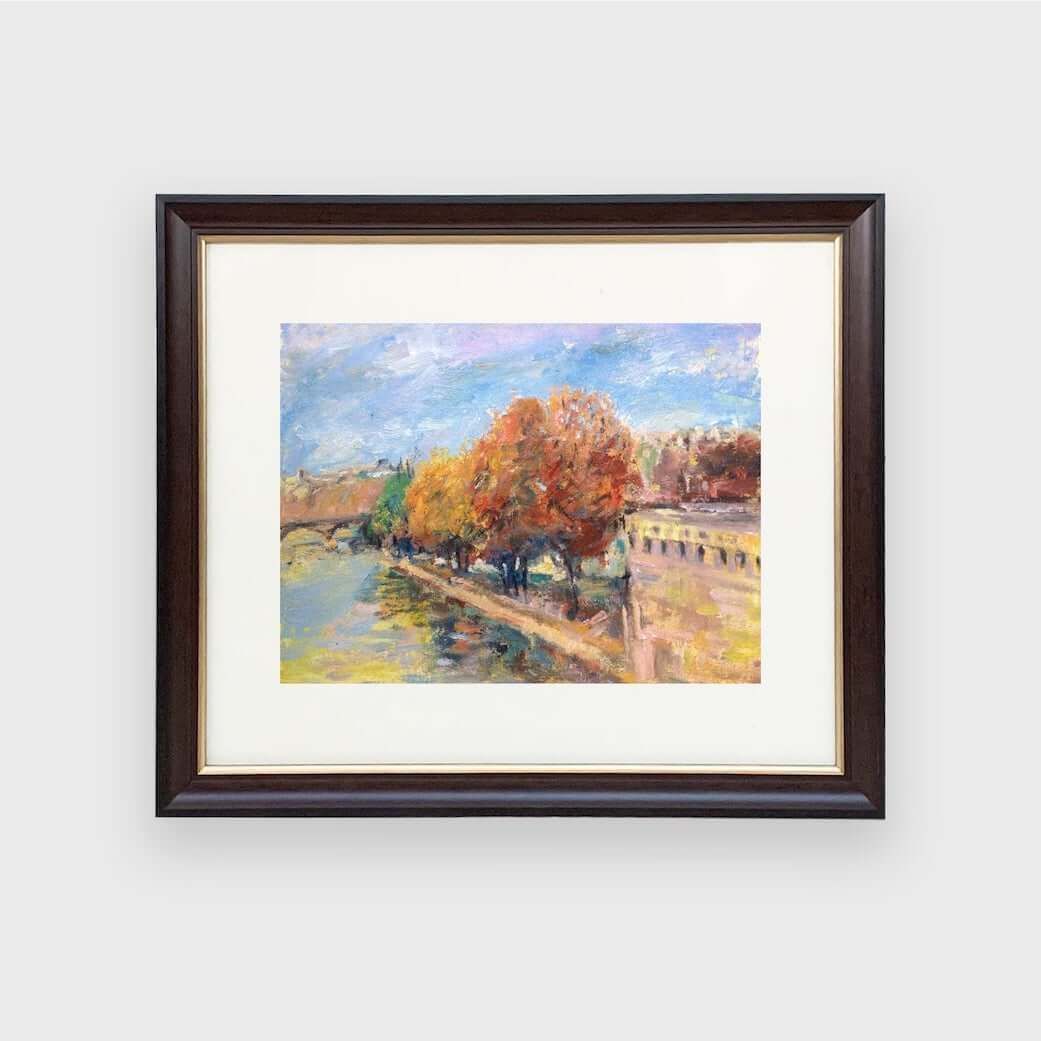
Final Thoughts
Buying a painting is the start of a beautiful relationship—one that can last generations with the right care.
Whether you are displaying a bold acrylic or a delicate Chinese ink masterpiece, the environment you provide matters just as much as the art itself.
By displaying your artwork thoughtfully and maintaining it based on its specific medium, you will keep it looking as stunning as the day you brought it home.
If you are based in Singapore, pay special attention to heat, humidity, and light, and do not hesitate to reach out to local art conservation professionals for help.
I hope this comprehensive guide helps you feel confident in displaying and caring for your beautiful new painting.
Remember, every painting tells a story, and with the right care, you can help it continue to tell that story beautifully.
For more expert tips on collecting and preserving art, do not forget to check out our other guides—and subscribe to our newsletter for fresh insights into the art world.
If you ever have more questions, do not hesitate to ask!
